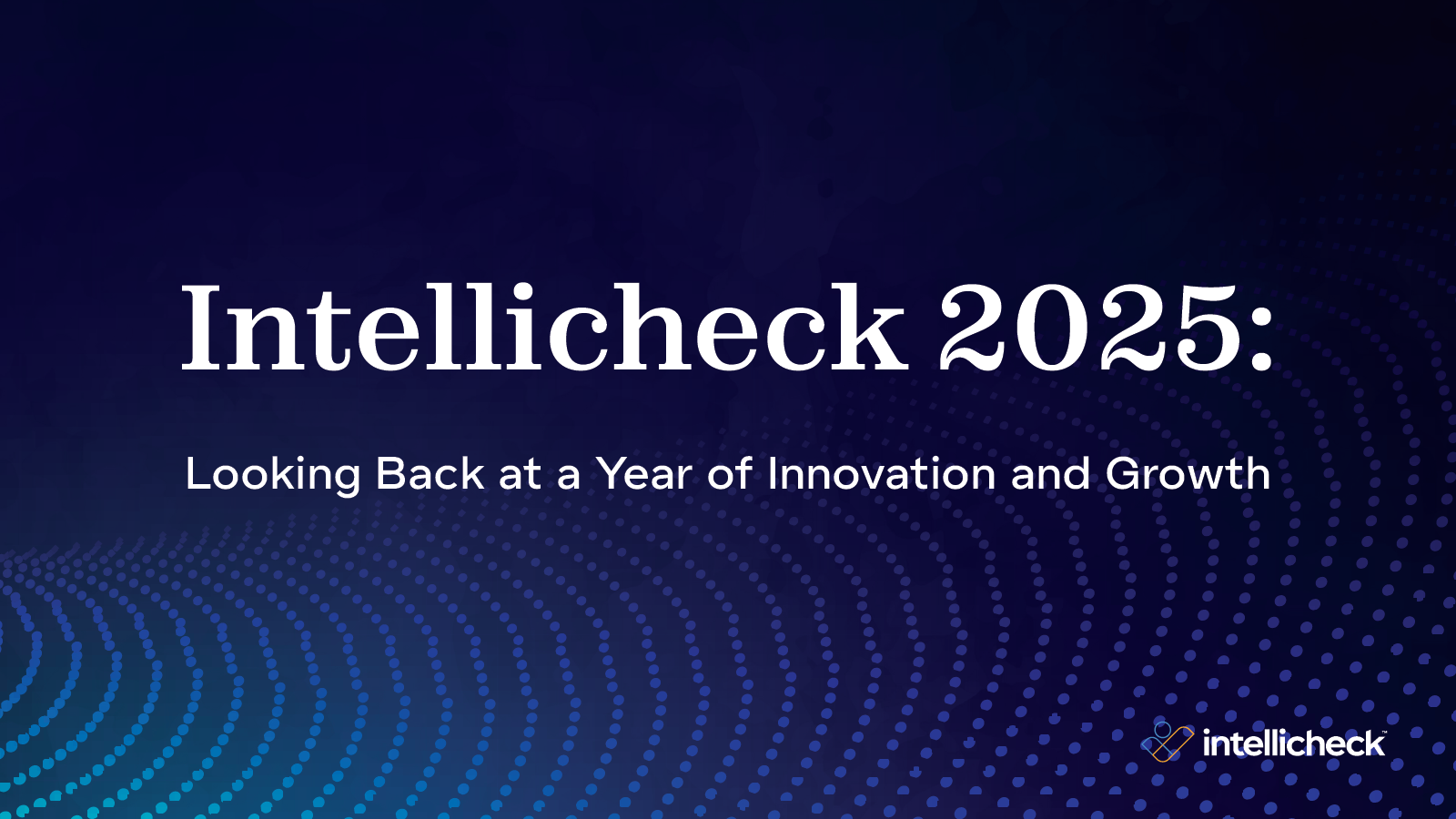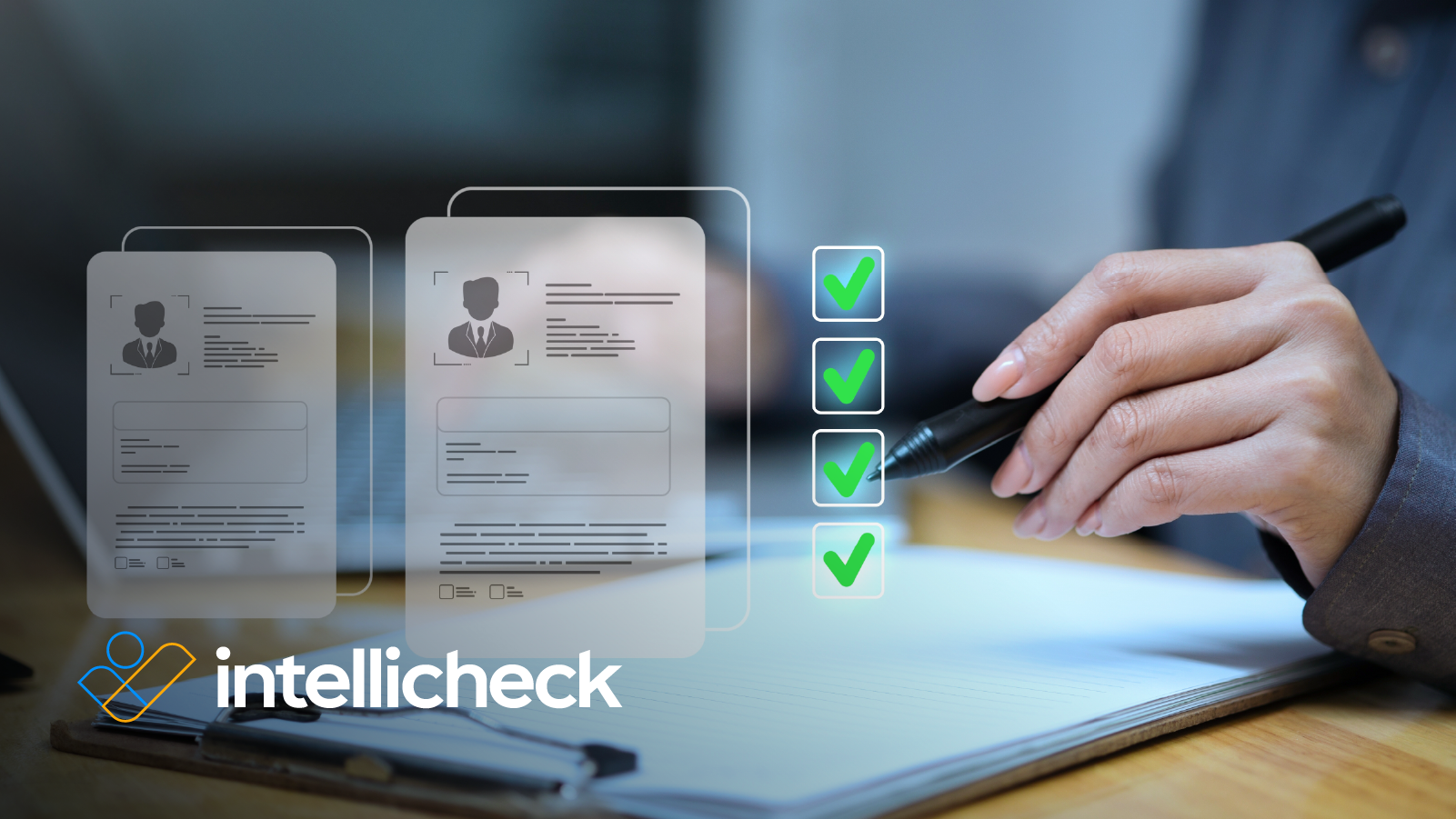The primary purpose of ID verification is to know who is on the other end of each transaction. While identity verification has been a must in many industries for some time, the advent of the Internet has brought new layers of complexity into view that threaten to render existing ID management and validation approaches obsolete.
For businesses, in particular, digital ID verification goes beyond validating participants in transactions–it allows companies to comply with the kinds of regulations that are beginning to take shape around the world as well as improve security and user satisfaction along the way. Bottom line: ID verification will soon play an even more essential role in everyday transactions.
Current Information
At present, organizations leverage different kinds of information to validate a user’s identity. These can be summed up as follows:
- Static information- This type of information rarely changes and provides a reasonable foundation upon which full identity validation can be carried out. Examples of static information include a person’s legal name, their physical address and their personal or home phone number. The problem with this type of information is that it can be stolen from a given user very easily and used by bad actors to pose as their victim.
- Dynamic information- This kind of information follows a specific user’s actions. Unlike static information, a user’s dynamic identifiers (IP addresses, transaction history) can change frequently.
- Physical identity documents- A user’s physical ID is often the strongest proof that they are who they say they are. Unfortunately, these suffer from the same vulnerability as static information; they can be stolen and used by fraudsters for illicit purposes.
Current Process
Identity verification, as it currently stands, takes an active approach to validating a user’s unique documents. The full process follows three key steps:
- Scan document- At this stage, a user’s document is scanned using either optical character recognition (OCR) or barcode and security feature parsing. Optical character recognition converts visible words into text for analysis, but it does not allow for all fakes to be detected. Parsing barcodes and other security features of a user’s ID makes weeding out sophisticated fakes much easier. This makes it a better first step to take than mere OCR.
- Match document to presenter- In this step, biometrics are leveraged to match a user’s face to the face featured on their ID. The best solutions can detect tricky fakes such as pictures of pictures, etc.
- Verify- Here, information amassed in the two prior steps is checked against an up-to-date database of official records. Fake IDs referencing nonexistent individuals are discovered at this point, while legitimate documents make the cut. More powerful solutions use machine learning to better understand patterns throughout the process and gradually grow in effectiveness.
What’s Next
The future of ID validation is digital. With a digital ID, there is no need to carry a card or to even print a card. The ID would live on your phone or similar device, and be presented online or offline. It saves printing costs, raises the bar for fakes, and makes it easy to always have your card with you. Look to see an uptick in digital identity documents in coming years and more flexible, digital ID initiatives as well.
For instance, in the UK, changes are already afoot for the future of IDs. The UK digital identity and attributes trust framework takes aim at issues surrounding fully digital identities in the hopes that future iterations can be as trustworthy as present-day passports and bank statements. The mobile driver’s license initiative (mDL) currently underway with support from the American Association of Motor Vehicle Administrators (AAMVA) seeks to bring about a similar shift from paper to program in the years to come.
IDs made in the ways these initiatives describe will be available wherever you are, easier to present and far more secure than paper or plastic alternatives.
Staying Ahead of the Game
As technology advances, so too do the standards governments and businesses abide by. Where IDs are concerned, rapid technological changes are clearing the way forward for enhanced, digital identity documents to see widespread use. Validating IDs remains a critical concern, however, and likely will continue to be for quite some time. Taking appropriate precautions to safeguard your business and your customers is non-negotiable.
With any process, safeguarding your business is non-negotiable. It’s important to get the first step of identity verification right, especially as there are so many changes on the horizon. Intellicheck can verify an ID with 99.9% accuracy in person or digital, versus the industry average of 60% or less. We offer a variety of solutions that you can turn on and use, to API-based solutions that can tightly integrate with your systems and experience. Contact us to see how we can help you stay ahead of the game.


%20copy.webp)






